Feature
-
 Computing
ComputingNow that computers connect us all, for better and worse, what’s next?
The digital revolution has brought chess-playing robots, self-driving cars, curated newsfeeds — and new ethical challenges.
-
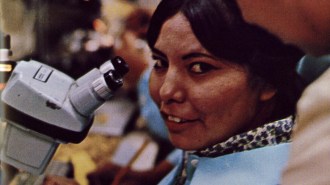 Computing
ComputingCore memory weavers and Navajo women made the Apollo missions possible
The stories of the women who assembled integrated circuits and wove core memory for the Apollo missions remain largely unknown.
-
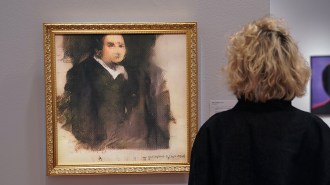 Computing
ComputingArtificial intelligence challenges what it means to be creative
Computer programs can mimic famous artworks, but struggle with originality and lack self-awareness.
By Richard Moss -
 Genetics
GeneticsGene therapies for sickle cell disease come with hope and challenges
Pediatrician Erica Esrick discusses existing sickle cell treatments and an ongoing clinical trial.
-
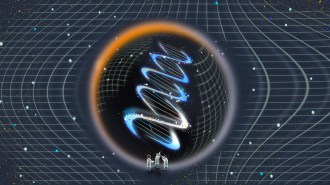 Genetics
GeneticsHow the Human Genome Project revolutionized understanding of our DNA
Completion of the Human Genome Project was a huge milestone, but there’s more work to do to ensure equitable access to the information in our DNA.
-
 Genetics
GeneticsHow one scientist aims to boost Black people’s representation in genetic datasets
Through information sharing, geneticist Tshaka Cunningham wants to build trust and encourage more Black people to engage with the medical community.
-
 Science & Society
Science & SocietyMilitary towns are the most racially integrated places in the U.S. Here’s why
The military’s big stick approach allowed the institution to integrate troops and military towns. Can the civilian world follow suit?
By Sujata Gupta -
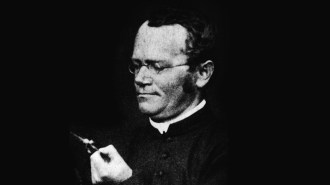 Science & Society
Science & SocietyHow we got from Gregor Mendel’s pea plants to modern genetics
Philosopher Yafeng Shan explains how today's understanding of inheritance emerged from a muddle of ideas at the turn of the 20th century.
-
 Tech
TechMaterials of the last century shaped modern life, but at a price
From our homes and cities to our electronics and clothing, the stuff of daily life is dramatically different from decades ago.
-
 Psychology
PsychologyHow mindfulness-based training can give elite athletes a mental edge
Mindfulness and acceptance and commitment therapy are two types of training psychologists are using to bolster athletes’ mental health.
-
 Quantum Physics
Quantum PhysicsA century of quantum mechanics questions the fundamental nature of reality
A century after the quantum revolution, a lot of uncertainty remains.
-
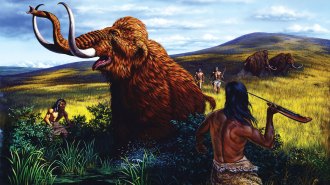 Archaeology
ArchaeologyClovis hunters’ reputation as mammoth killers takes a hit
Early Americans’ stone points were best suited to butchering the huge beasts’ carcasses, scientists contend.
By Bruce Bower